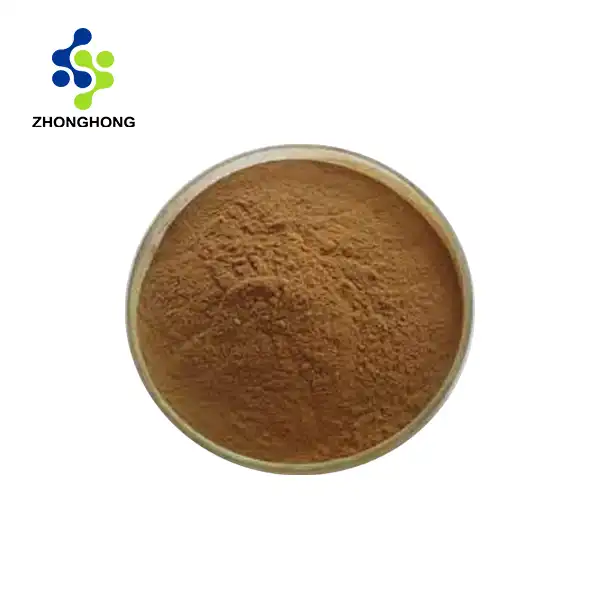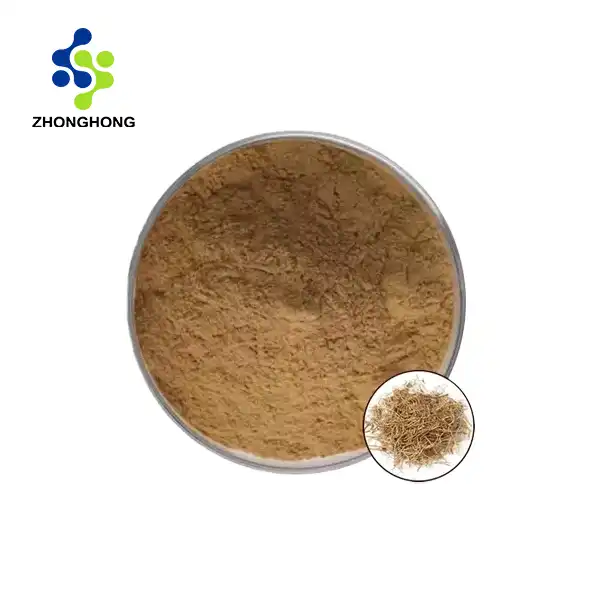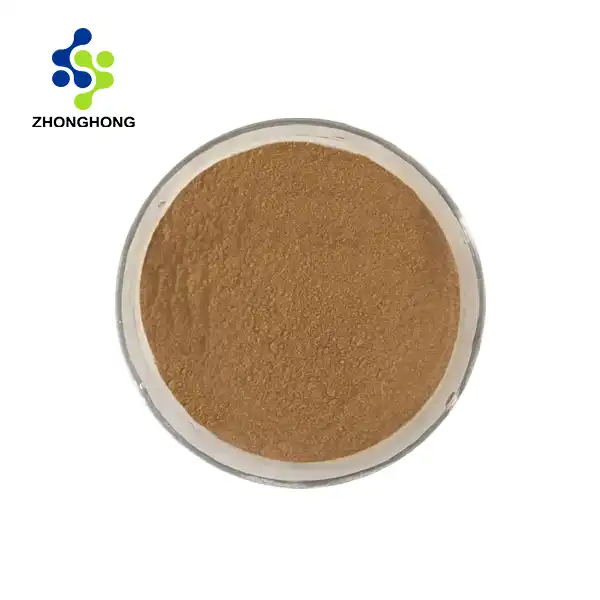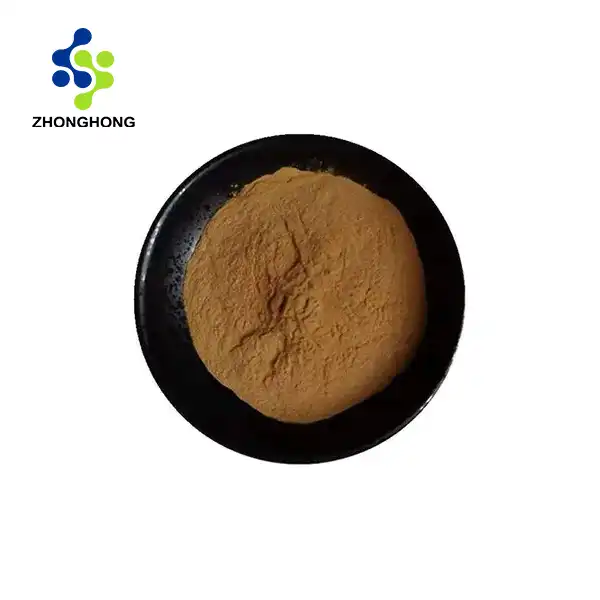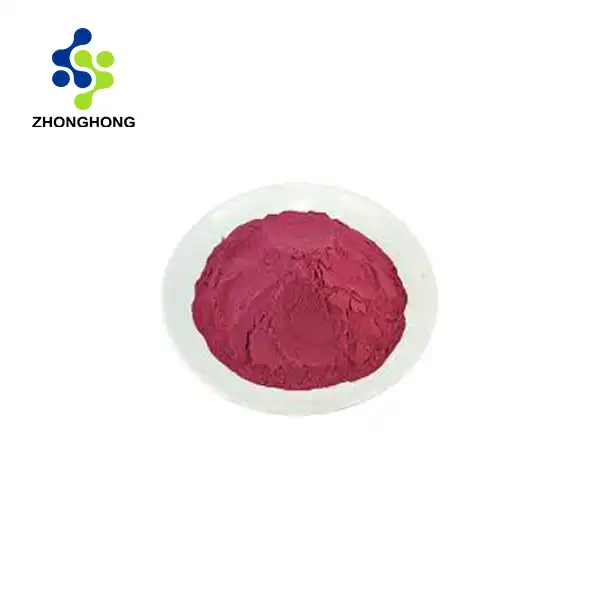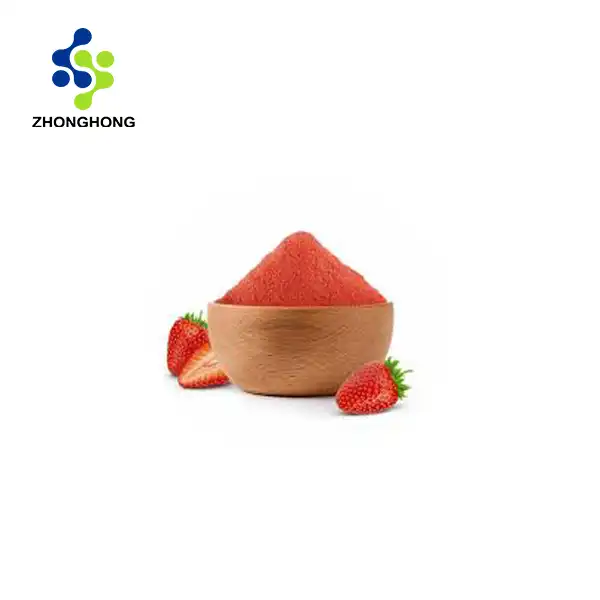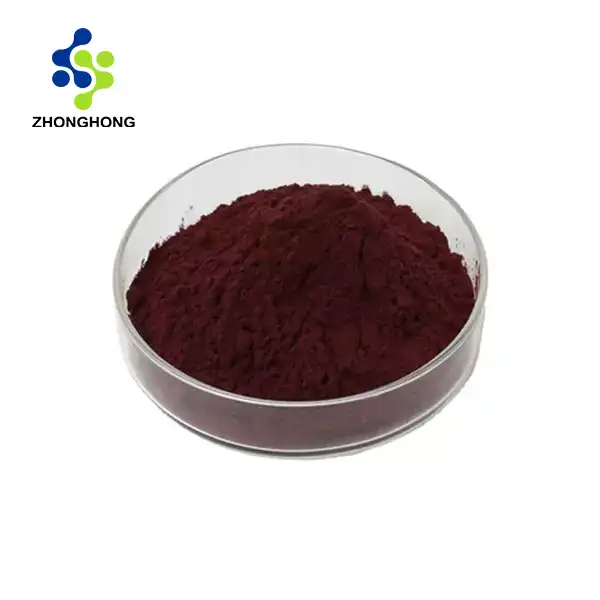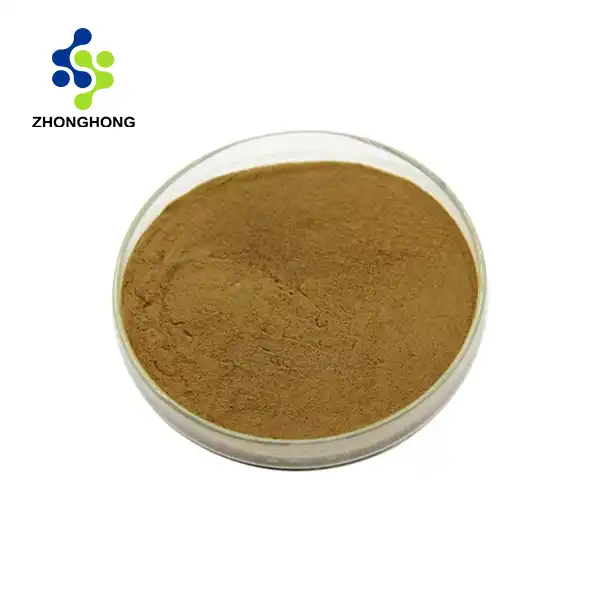What are the side effects of Konjac Glucomannan Powder?
2024-11-28 19:10:39
Konjac Glucomannan Powder, inferred from the root of the konjac plant, has picked up ubiquity as a dietary supplement for its potential wellbeing benefits. In any case, it's pivotal to be mindful of its conceivable side impacts. Whereas for the most part considered secure for most individuals when utilized as coordinated, a few people may involvement mellow gastrointestinal distress, counting bloating, gas, or the runs, particularly when to begin with presenting it to their eat less. In uncommon cases, more serious side impacts such as choking or intestinal blockage may happen if the powder is not devoured with satisfactory water. It's imperative to note that these dangers are regularly related with dishonorable utilize or intemperate utilization. Pregnant ladies, people with gulping challenges, or those with pre-existing stomach related conditions ought to counsel a healthcare proficient some time recently utilizing Konjac Glucomannan Powder. Furthermore, it may associated with certain solutions, possibly influencing their retention. As with any supplement, balance and appropriate utilization are key to minimizing potential side impacts whereas maximizing the benefits of this normal fiber supplement.
Understanding Konjac Glucomannan Powder and Its Composition
The Origin and Extraction Process of Konjac Glucomannan
Konjac Glucomannan Powder originates from the tuber of the Amorphophallus konjac plant, native to parts of Asia. The extraction process involves carefully washing, slicing, and drying the konjac root before grinding it into a fine powder. This meticulous procedure ensures the preservation of the glucomannan, a soluble dietary fiber that forms the primary component of the powder. The unique molecular structure of glucomannan, characterized by its long, branched chains of sugars, contributes to its exceptional water-absorption capabilities.
Chemical Structure and Properties of Glucomannan
The chemical composition of Konjac Glucomannan Powder is predominantly glucomannan, a polysaccharide composed of glucose and mannose units. This complex carbohydrate boasts a high molecular weight and an impressive capacity to absorb water, expanding up to 50 times its original volume when hydrated. The viscous gel formed by glucomannan in the digestive tract is responsible for many of its purported health benefits, including promoting satiety and supporting digestive health. However, this same property can also contribute to some of the side effects associated with its consumption.
Nutritional Profile and Potential Health Benefits
Konjac Glucomannan Powder is virtually calorie-free and contains negligible amounts of protein, fat, or digestible carbohydrates. Its primary nutritional value lies in its high fiber content, which can contribute to improved digestion, blood sugar management, and cholesterol regulation. Some studies suggest that glucomannan may aid in weight management by promoting feelings of fullness and reducing calorie intake. Additionally, its prebiotic properties may support a healthy gut microbiome. While these potential benefits are promising, it's essential to balance them against the possible side effects and use the powder judiciously as part of a balanced diet.
Common Side Effects and Their Mechanisms
Gastrointestinal Discomfort: Bloating, Gas, and Diarrhea
One of the most as often as possible detailed side impacts of Konjac Glucomannan Powder is gastrointestinal inconvenience. The powder's noteworthy water-absorption capacity can lead to bloating as it grows in the stomach and insides. This extension may moreover result in expanded gas generation as intestine microbes age the undigested fiber. In a few cases, especially with intemperate utilization or insufficient liquid admissions, the runs may happen due to the osmotic impact of the glucomannan drawing water into the digestion tracts. These indications are by and large mellow and frequently die down as the body alters to the expanded fiber admissions. Continuously presenting the powder into one's eat less and guaranteeing satisfactory hydration can offer assistance relieve these impacts.
Choking Hazard and Esophageal Obstruction Risks
A more serious, albeit rare, side effect associated with Konjac Glucomannan Powder is the risk of choking or esophageal obstruction. This risk stems from the powder's rapid expansion when exposed to moisture. If the powder is not thoroughly mixed with liquid before ingestion or if it's taken without sufficient water, it can form a gel-like mass in the throat or esophagus, potentially leading to choking. Individuals with swallowing difficulties or those prone to esophageal disorders may be at higher risk. To minimize this danger, it's crucial to follow proper preparation instructions, ensuring the powder is fully dissolved in liquid before consumption and avoiding its use in dry form or in capsules that may open prematurely in the throat.
Potential Nutrient Absorption Interference
While the high fiber content of Konjac Glucomannan Powder can offer digestive benefits, it may also interfere with the absorption of certain nutrients and medications. The gel-like substance formed by glucomannan in the digestive tract can potentially bind to vitamins, minerals, and pharmaceutical compounds, reducing their bioavailability. This effect is particularly noteworthy for fat-soluble vitamins (A, D, E, and K) and certain oral medications. To mitigate this risk, it's advisable to take Konjac Glucomannan Powder separately from other supplements or medications, typically allowing a gap of at least two hours. Individuals on regular medication or with specific nutritional needs should consult with a healthcare provider to ensure optimal absorption and efficacy of their treatments.
Factors Influencing Side Effect Severity and Occurrence
Individual Sensitivity and Digestive Health
The likelihood and intensity of side effects from Konjac Glucomannan Powder can vary significantly among individuals. Those with sensitive digestive systems or pre-existing gastrointestinal conditions may be more prone to experiencing discomfort. Factors such as gut microbiome composition, dietary habits, and overall digestive health play crucial roles in how the body responds to this high-fiber supplement. Some people may adapt quickly to the increased fiber intake, while others might require a more gradual introduction. Understanding one's own digestive sensitivity and starting with small doses can help minimize adverse reactions and allow for a smoother integration of the powder into one's diet.
Dosage and Consumption Methods
The manner in which Konjac Glucomannan Powder is consumed significantly influences the likelihood of side effects. Proper dosage is crucial; exceeding recommended amounts can exacerbate gastrointestinal symptoms and increase the risk of more severe complications. The method of consumption also matters. Taking the powder in its dry form or with insufficient water dramatically raises the risk of choking or obstruction. Conversely, incorporating it into recipes or thoroughly mixing it with adequate liquid before consumption can help mitigate these risks. Gradual dose escalation, starting with small amounts and increasing over time, allows the body to adjust and can minimize initial digestive discomfort.
Interactions with Diet, Medications, and Health Conditions
The potential for side effects from Konjac Glucomannan Powder can be influenced by various external factors. Dietary habits, particularly fluid intake and overall fiber consumption, can impact how well the body tolerates the supplement. Certain medications may interact with glucomannan, either in terms of absorption or effects on digestive motility. For instance, individuals taking diabetes medications may need to monitor their blood sugar levels more closely, as glucomannan can affect glucose absorption. Pre-existing health conditions, especially those affecting the digestive system or metabolism, can also alter the body's response to the powder. Conditions such as diabetes, irritable bowel syndrome, or thyroid disorders may require special considerations when using Konjac Glucomannan Powder. Consulting with a healthcare provider is advisable to assess potential interactions and adjust usage accordingly.
Conclusion
While Konjac Glucomannan Powder offers potential health benefits, it's essential to be aware of its possible side effects. By understanding these effects, their mechanisms, and the factors influencing their occurrence, users can make informed decisions about its consumption. Proper usage, gradual introduction, and consultation with healthcare professionals can help maximize benefits while minimizing risks. If you want to get more information about this product, you can contact us at liaodaohai@gmail.com.
References
1. Chen, H. L., et al. (2003). Konjac supplement alleviated hypercholesterolemia and hyperglycemia in type 2 diabetic subjects—a randomized double-blind trial. Journal of the American College of Nutrition, 22(1), 36-42.
2. Keithley, J., & Swanson, B. (2005). Glucomannan and obesity: a critical review. Alternative Therapies in Health and Medicine, 11(6), 30-34.
3. Doi, K. (1995). Effect of konjac fibre (glucomannan) on glucose and lipids. European Journal of Clinical Nutrition, 49, S190-S197.
4. Chua, M., et al. (2010). Traditional uses and potential health benefits of Amorphophallus konjac K. Koch ex N.E.Br. Journal of Ethnopharmacology, 128(2), 268-278.
5. Vuksan, V., et al. (2000). Konjac-mannan (glucomannan) improves glycemia and other associated risk factors for coronary heart disease in type 2 diabetes. A randomized controlled metabolic trial. Diabetes Care, 23(1), 9-14.
6. Zhang, Y. Q., et al. (2005). Physicochemical properties of konjac glucomannan gel. Journal of Applied Polymer Science, 95(2), 328-335.
YOU MAY LIKE
_1728976869676.webp)
